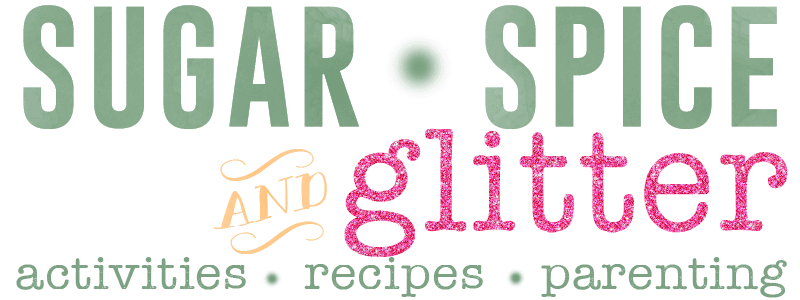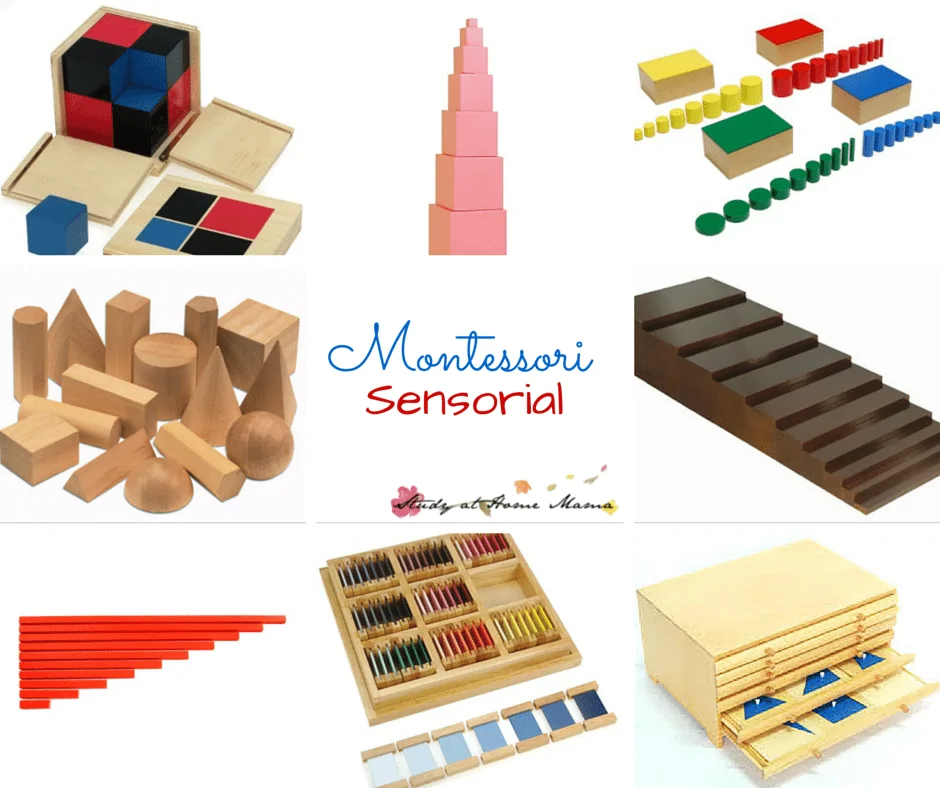After receiving many questions about the Montessori Sensorial Curriculum, I decided to make a landing page for all of your questions and to link you to my previous posts and articles about Sensorial work.
What is the Montessori Sensorial Curriculum?
The Montessori Sensorial Curriculum is a progression through a set of wooden materials designed by Dr. Maria Montessori in order to train and refine children’s senses.
In a revolutionary approach, especially for it’s time, the Montessori Method embraced the concept that we have more than 5 senses (scientists currently believe we have anywhere from 9-21) and created activities and materials that target at least ten of these senses.
How Does Montessori Sensorial Work differ from Sensory Play?
First, we need to step back and understand that Dr. Montessori developed her curriculum well before “sensory play” was a concept. Scientists and educators knew that sensory stimulation was important, but Dr. Montessori’s concept of training a child’s sensory system at a young age to integrate information in an orderly fashion was (and still is) ground-breaking. (Scientists are starting to understand this as the basis of developing a “mind palace.“)
While I love sensory play (and providing sensory activities for kids is a fabulous option if the Montessori Sensorial Curriculum is inaccessible to you), the Montessori Sensorial Curriculum is different in that it is orderly, controlled, children can access the materials at any time, and the materials don’t change their nature.
What are the Montessori Sensorial Materials?
While you can always add your own materials to enhance your child’s sensory experiences, the Montessori Sensorial Curriculum is a specific set of materials that never changes.
These materials set the foundation for all Montessori work, and many of the materials are repurposed in the math curriculum.
It is possible to DIY many of these materials – some with more effort than others. I have listed many of the Montessori Materials that can be DIYed on my Montessori Materials page. I have also reviewed all of my purchased Sensorial Materials here and here.
(I’ve also stirred up a bit of controversy with my top 4 choices if you’re on a budget.)
What is the Sequence of Montessori Sensorial?
Unlike other aspects of the Montessori Curriculum, which you can tweak according to a child’s interests and capabilities (switching an order, etc) the Montessori Sensorial Curriculum was developed to be worked through in a specific order.
Below, I have provided a list of the Montessori Sensorial Curriculum materials in the order that they should be presented, and will slowly start adding the lesson posts here as well.
You can also download the Montessori Sensorial Sequence of Materials here.
- Cylinder Blocks (Knobbed Cylinders)
- The Pink Tower
- Brown Stair (Broad Stair)
- Red Rods (Long Stair)
- Knobless Cylinders
- Sound Cylinders
- Smelling Bottles
- Touch Boards
- Touch Tablets
- Fabrics
- Baric Tablets
- Thermic Tablets
- Pressure Cylinders
- Stereognostic Bag (Mystery bag)
- Colour Tablets
- Binomial Cube
- Geometric Solids
- Geometry Cabinet
- Constructive Triangles
- Trinomial Cube
- Music:
- the Silence Game (also part of the Peace Curriculum)
- Tapping
- Orchestral music
- Singing
- the Bells

